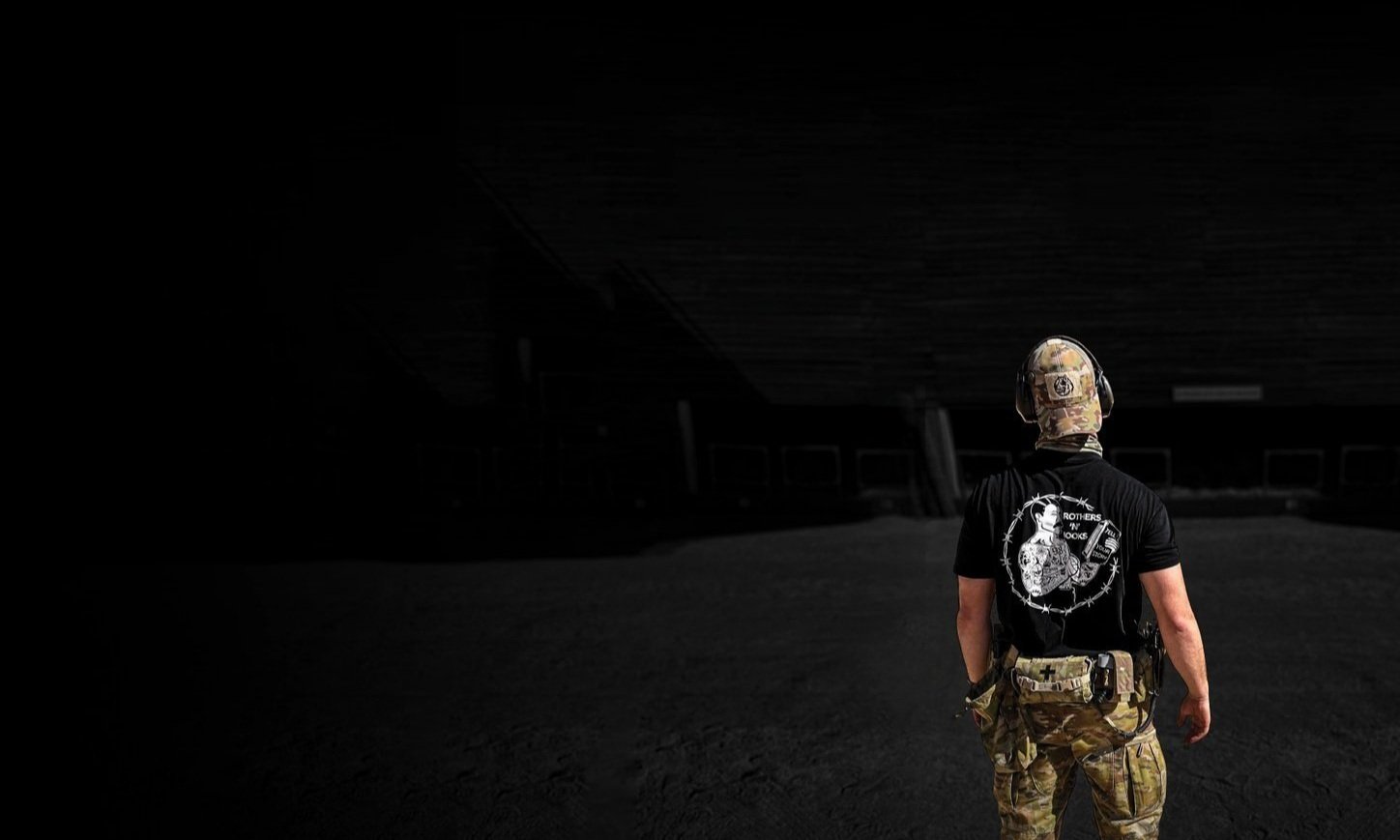
Bibliotherapy
How the simple act of reading can change lives

History of Bibliotherapy
Sigmund Freud began using literature during psychoanalysis sessions. After the First World War, traumatized soldiers returning home from the front were often prescribed a course of reading.
Librarians in the United States were given training on how to give books to WW1 veterans. Jane Austen’s novels were also used for bibliotherapeutic purposes at the same time.
Later in the century, bibliotherapy was used in varying ways in hospitals and libraries, and has more recently been taken up by psychologists, social and aged-care workers, and doctors as a viable mode of therapy.
Bibliotherapy is still widely used today in both America and the United Kingdom through government endorsed programs to support patients as they battle with never before seen rates of mental health conditions.

Impact of Bibliotherapy
Reading reduces stress by up to 68% and is almost 300% more effective than going for a walk to reduce cortisol.
Books can contribute to your social life. Staying social has big benefits including preventing isolation, which is a risk factor for depression and dementia.
Reading offers relaxation, stimulation, knowledge and self-development, new perspectives on life and inspiration.
Unguided self-help through bibliotherapy can produce improvement for individuals with social anxiety disorder.
Reading helps us to mentally slow down, relax physically and put as at ease, priming us for a restful night's sleep.
Reading has been shown to increase empathy. This allows us to show greater care for one another and increases our communication ability as well.
Psychologists often utilise self-help books with their patients to offer further support between sessions.
Books are cost effective, elicit positive responses from patients and allow for improved patient self-management.

Our Research
In 2024 Brothers and Books commissioned an evaluation into the psychological benefits from our annual reading challenge “The World’s Coolest Read-A-Thon”.

Further Resources

Use bibliotherapy in your workplace
Brothers and Books gives organisational speeches and community libraries to organisations that are looking to build resilience, inspire innovation, develop a culture of education and curiosity.



















